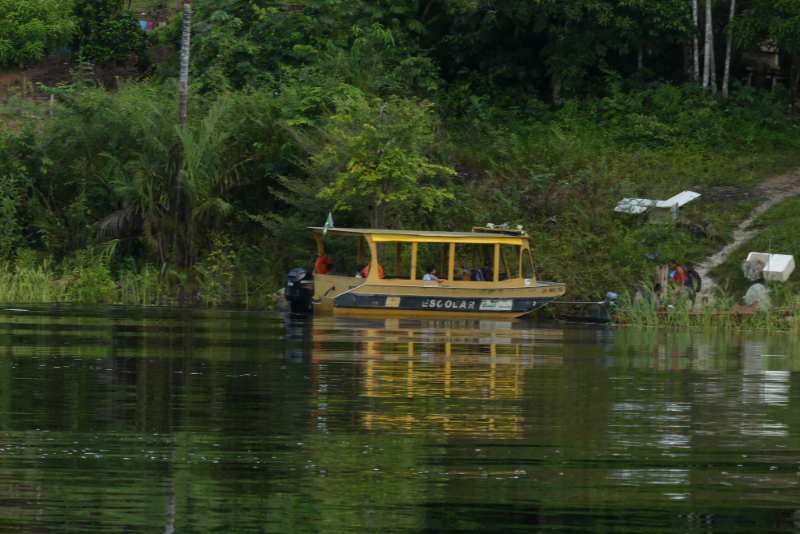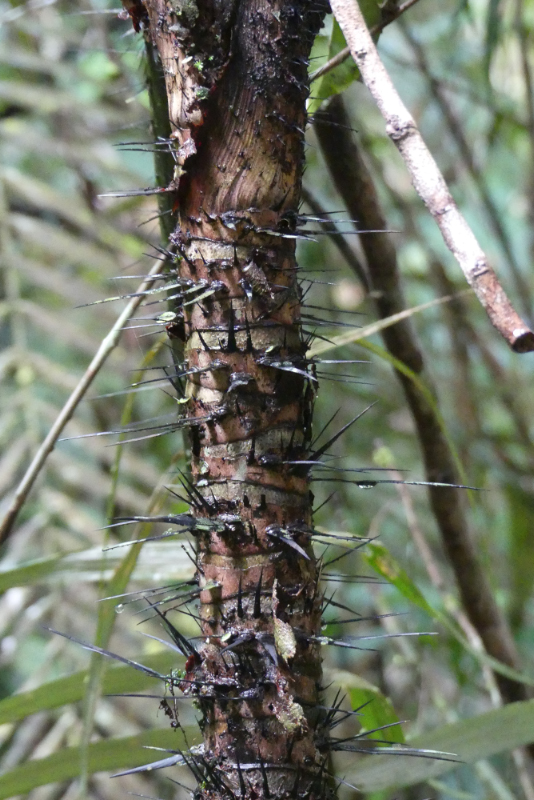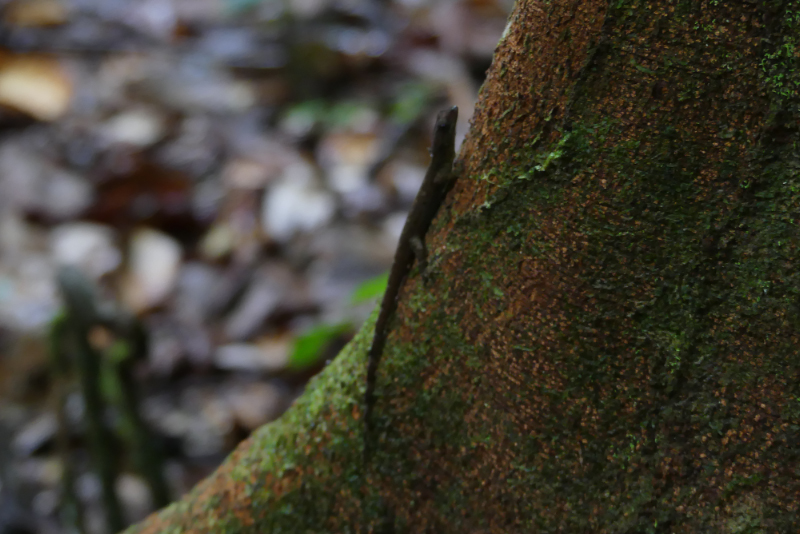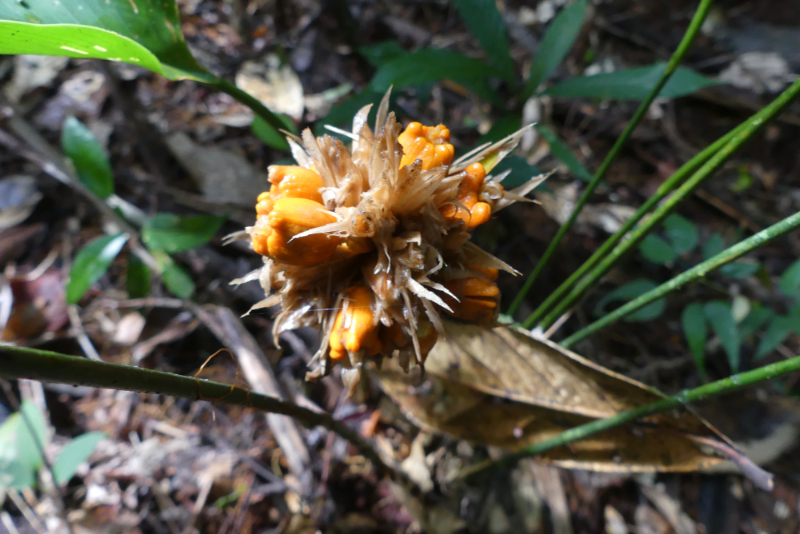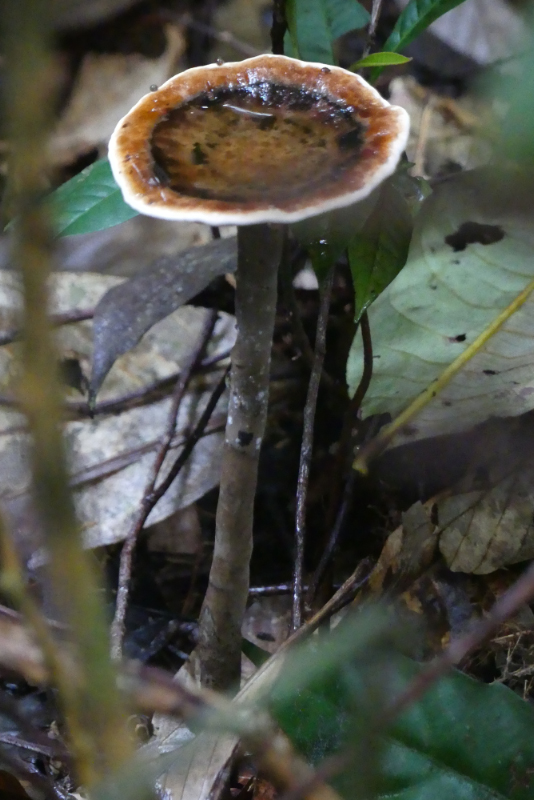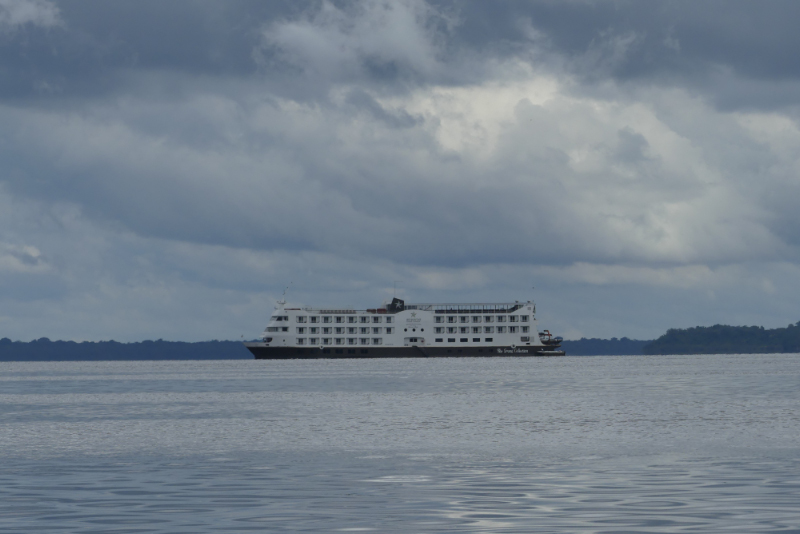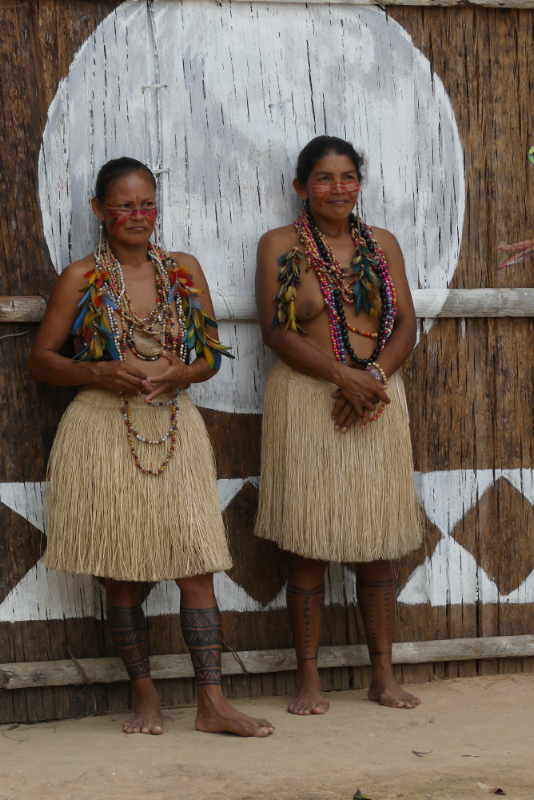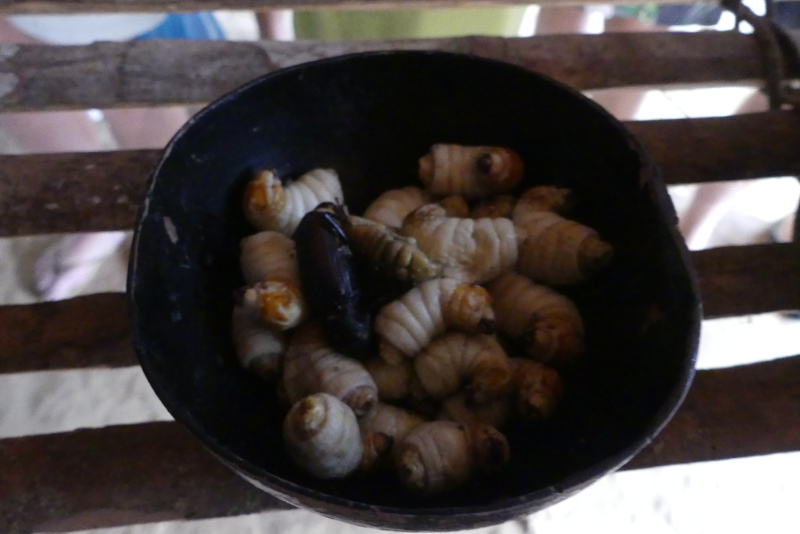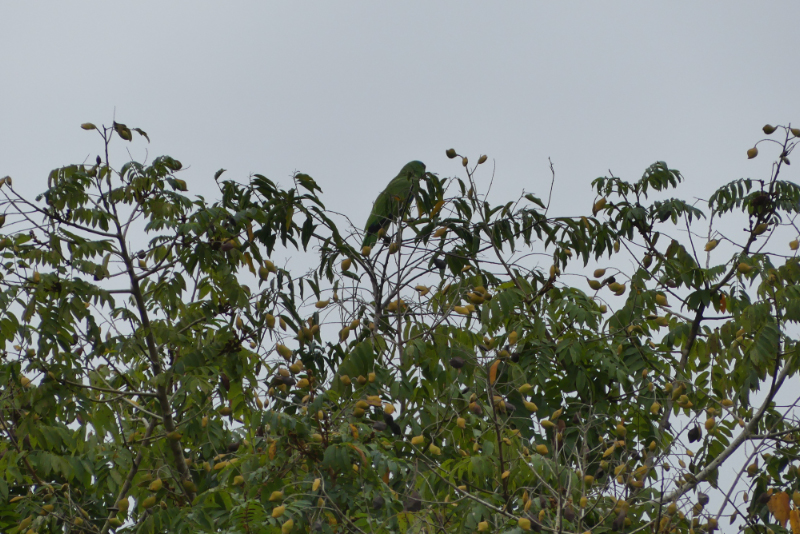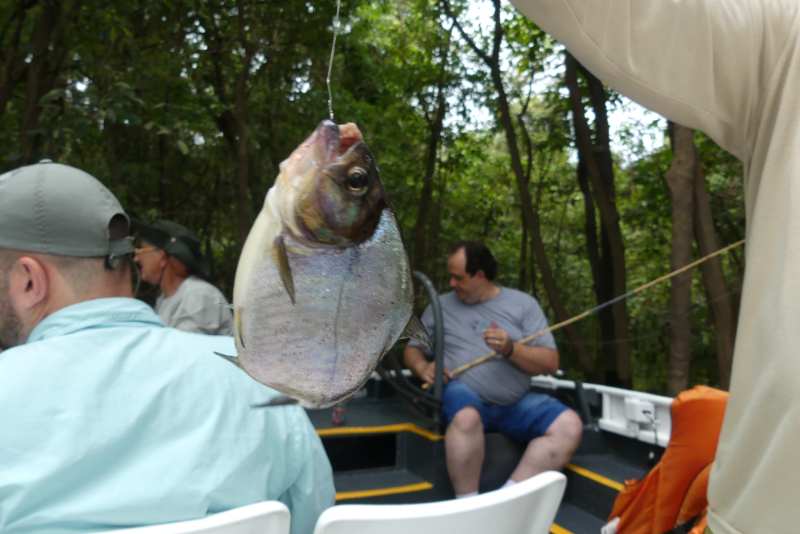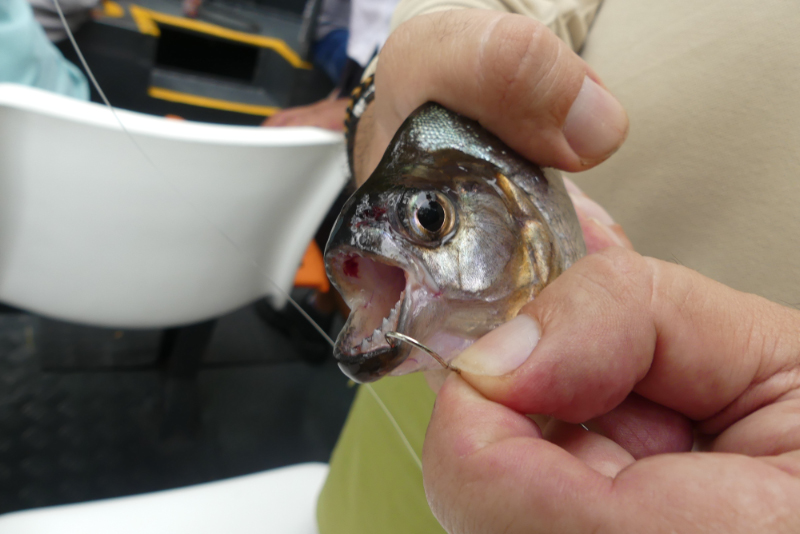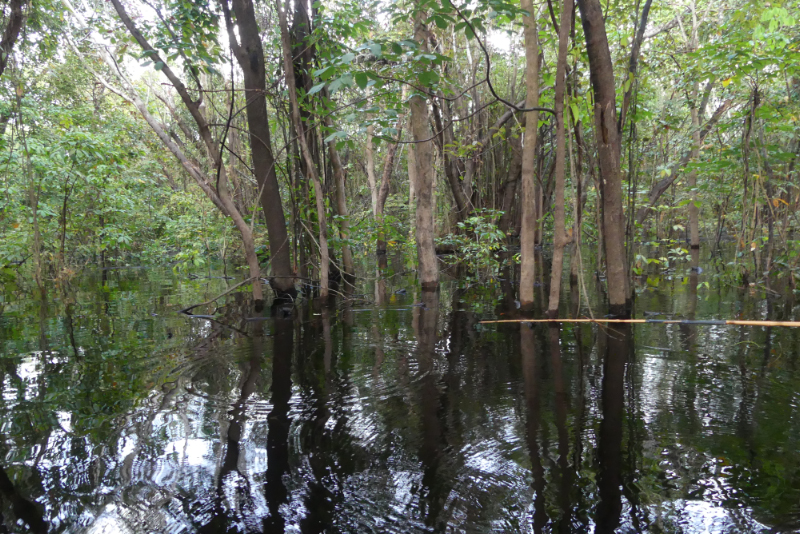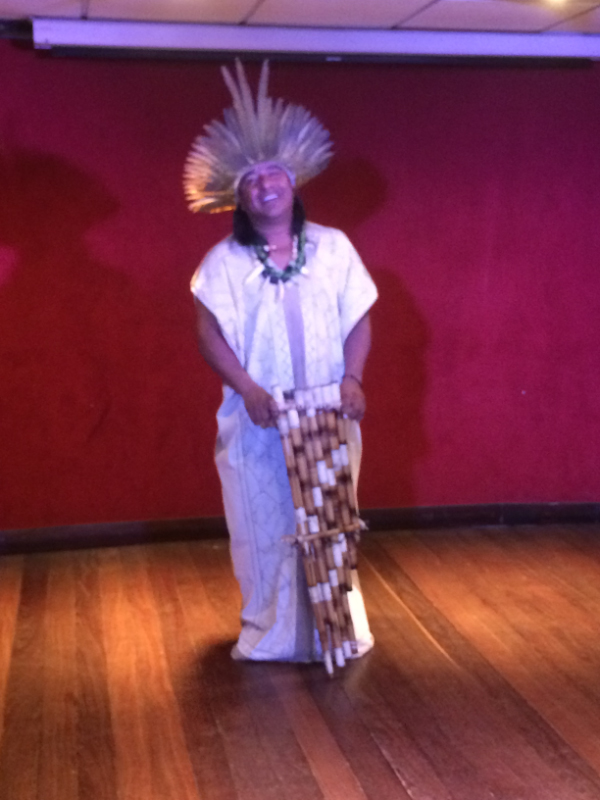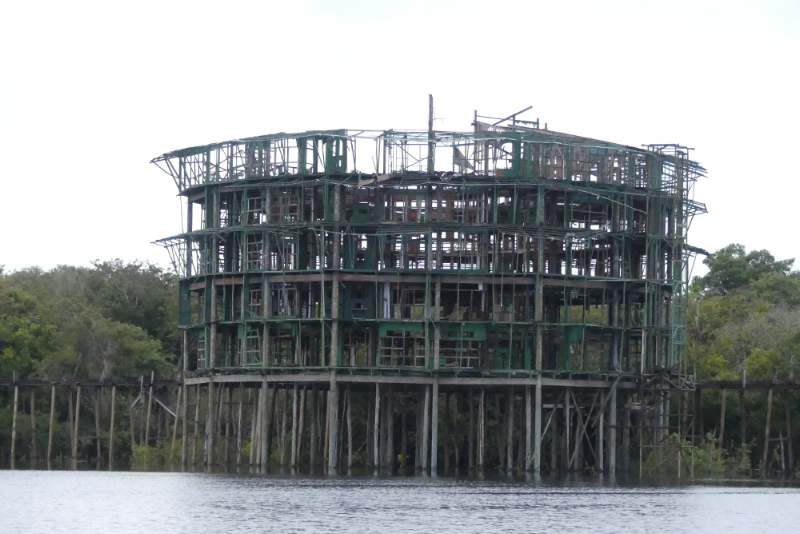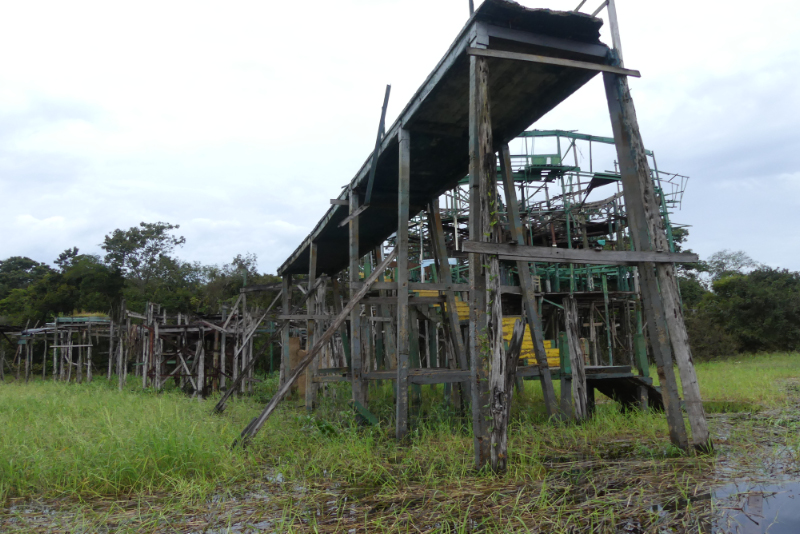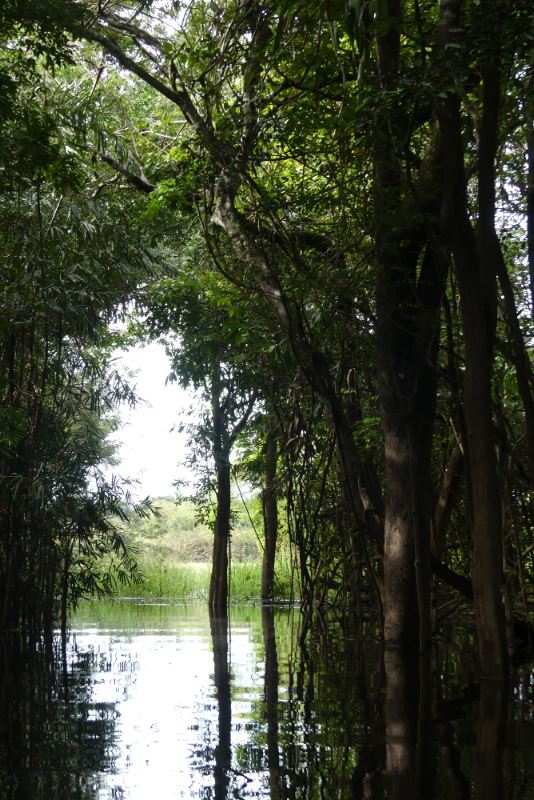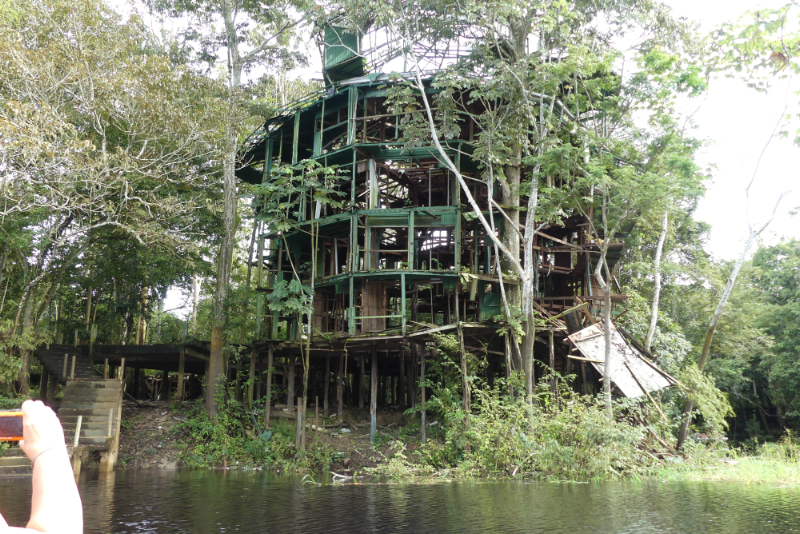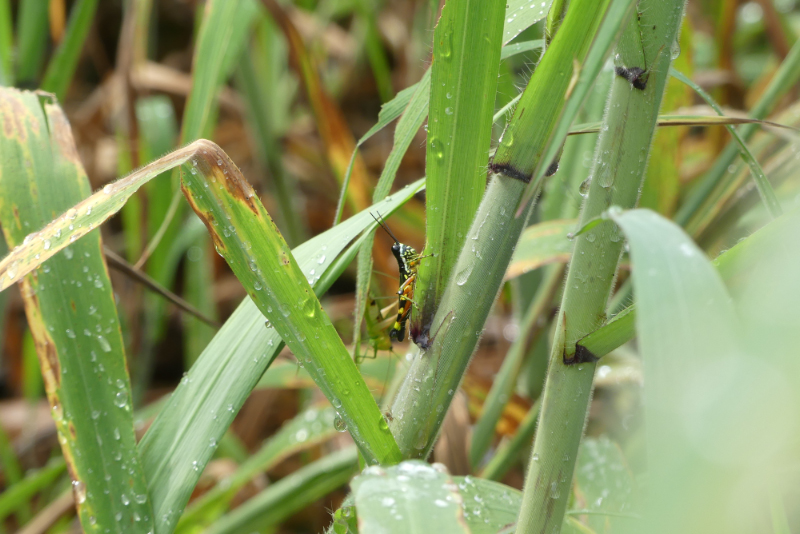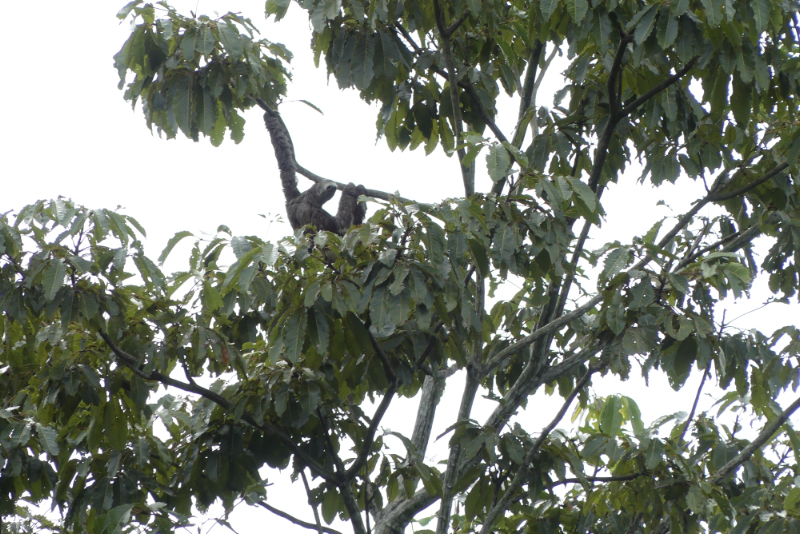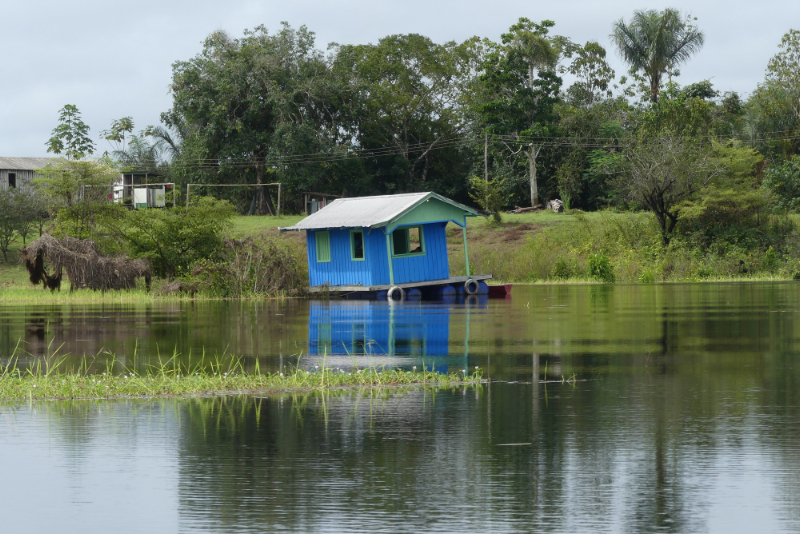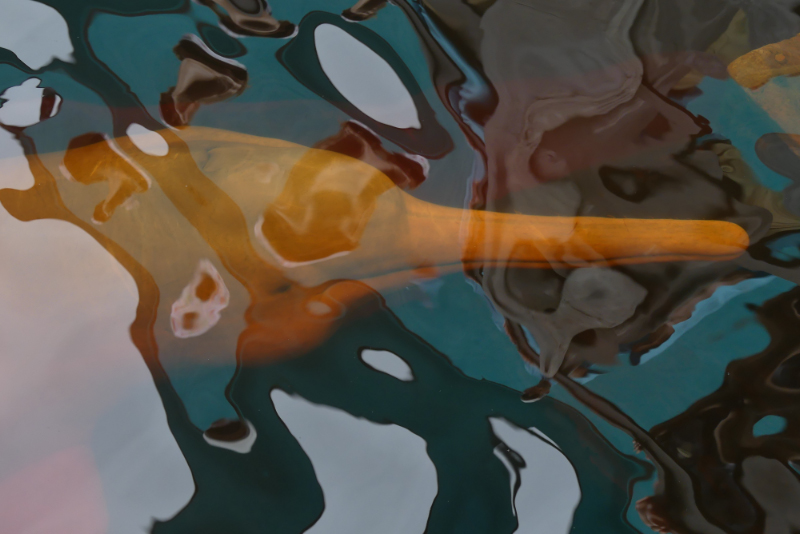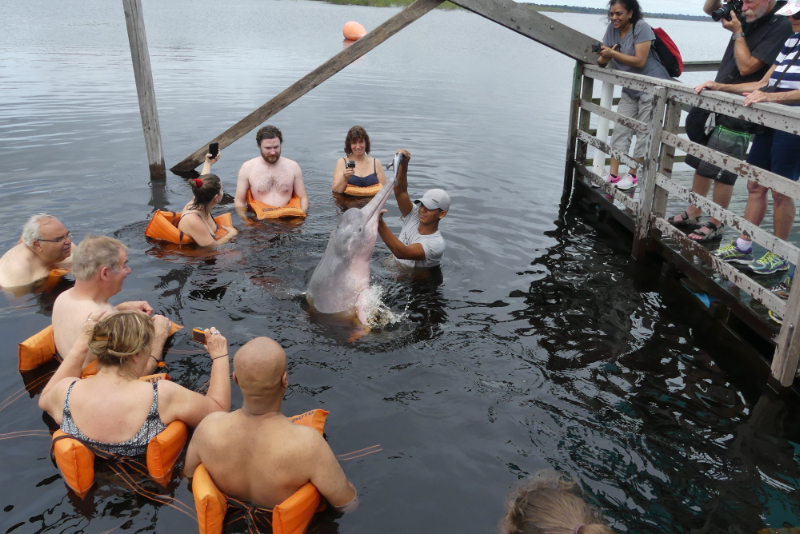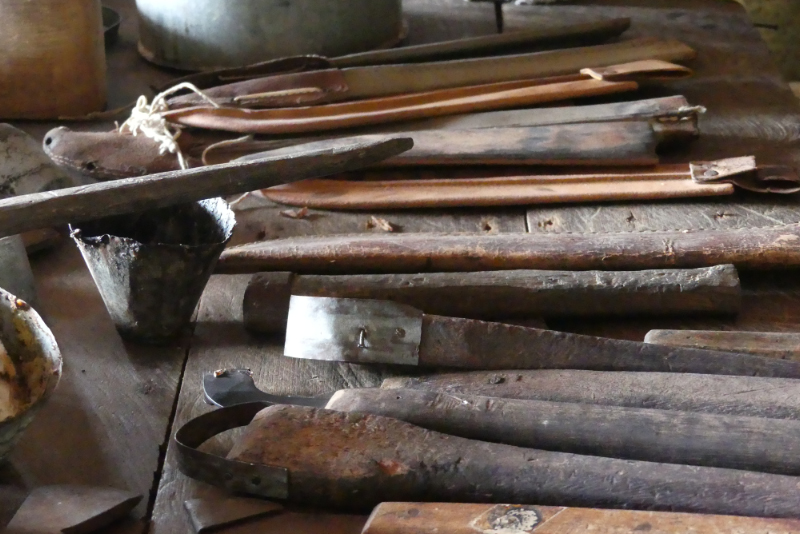Tuesday 6 to Friday 9 March
We spent two years anticipating our sail to Antarctica. A month later we are sitting on another ship to cruise the Amazon. We had booked this journey just five days ago on booking.com. I hadn’t even got my head around the upcoming adventure.
We had a decent room on the middle level with a bathroom bigger than the last two hotels combined. There was also a tiny balcony which looked very pleasant. All the cabins are the same.
The boat didn’t appear to have a full complement of guests, in fact it was only about half full.
After our exhausting middle of the night flight from Brasilia and acclimatising to the tropical, humid heat, we opted for an early night which meant missing the magician.
We sailed in the night, not far, a little further upstream on the Rio Negro – the black river that has its initial source in Colombia near Bogotá. Many tributaries flow into it as it flows down the east side of the Andes.
Our morning excursion took us up a small tributary called the Jaraqui Stream, meaning canoe stream. The fresh water always flows in this stream, rising between January and June and then falling. When we visited in March there was another 3 meters to rise.
A small community of 50 houses and 300 people sits at the mouth of the stream. They are mostly self sufficient, living off fresh fish and tapioca.
We left the skiff and slowly climbed uphill. Vicious sharp grasses soon gave way to a tangle of vines amongst the trees. Our guide Luis stopped periodically to explain a little more of the jungle. The armadillos who dig holes under tree roots to feed, and the rodents and snakes who make their home together in these holes. The vine with strychnine and the vine that is safe to take water from. Never getting lost, navigating with the sun. He was born in the jungle and lived there until he was sixteen.
We climbed a small rise wending and winding our way through the foliage, then came down in the other side, quite close to our boat. After the hot and sticky walk, a shower was welcome and I managed to pull out a sundress and Havaianas for the first time since Jamaica.
Like the Antarctic cruise, this cruise was made up of off-boat adventures and lectures.
We had a lecture on the Amazon with some interesting facts. The Amazon River has many names. Called Amazon at the Peru border but as it crosses into Brazil it takes another name and doesn’t become the Amazon until it joins the Rio Negro. The Rio Negro has a low pH balance of 4.6 and is black because it contains a lot of minerals from its source. Mosquitos won’t breed in it and only small colourful fish survive – the kind you see in aquariums.
A small storm blew up in the afternoon, as Bruce raced to rescue the washing we left on our balcony our cabin door slammed, and broke. It was a rebuild of the lock in this journey of broken things.
There was a problem with the ship, a broken generator, so we had a change of activities. The village visit was changed to the afternoon and the island visit the next morning.
We visited Cibiá, a fascinating indigenous village. The people of the village have actually relocated from an area near the border between Ecuador, Colombia and Brazil where they felt their lifestyle was being compromised by pollution of mercury from extracting gold. There are five language groups in the village. In the four years since they relocated they have learnt Portuguese. They put on a song and story show which was a lot of fun.
In order to keep us entertained while a generator was replaced, we were taken to a beach where we could swim in the ‘black river’. The water is warm in this river and the Europeans and Brazilians loved the opportunity to bathe.
It rained over night again, making it very hot and steamy. We were also struggling with our room temperature. The lovely little balcony and a swathe of fresh air was stark contrast to the effective but noisy and very cold air conditioner. Actually it seemed that many guests preferred to sleep without it running. The ‘disco’ on the second floor is actually icy cold and the dining room on the first floor can be pretty chilly.
I had made the mistake of washing some undies. Socks took more than two days to dry and I feared my bra might have to travel to Rio in a plastic bag. Inside or out, it is nearly impossible to get anything dry. Makes you wonder how the early pioneers with their layers of European clothing managed in this climate.
Our afternoon tour of yesterday was swapped to this morning. We spent two hours navigating through channels of islands in the second largest fluvial archipelago that doesn’t even show on Maps.ME. Our guide was Jefferson, who appears to be the most knowledgeable of the crew. The islands run parallel to the river flow and are too narrow to support any animals or humans.
Scientists have determined that the soil of the islands has a better balanced pH level and it has floated down from other areas. The soil therefore can support a wider variety of trees, including palms.
Between June at the river’s highest level and January at its lowest there is a 15m change in the water level. These small islands therefore become covered with water as it rises. The higher water marks were visible in many of the trees. During our visit many trees were already submerged.
Toucans, macaws, huge varieties of parrots, pigeons and swifts are just some of the birds who make their home here. It was a treat to see macaws and a toucans flying free.
Our guide told us that macaws and parrots can live to over a hundred years in the wild. They balance their menu of fruits and nuts with minerals from the earth. They mate for life and if one of a pair dies the other may suicide in their grief. He said there is a lot more to understand about emotions in birds.
We saw (briefly) a smaller grey dolphin and larger pink dolphins. Once again, nice to see them wild. Apparently tomorrow we will see some that are tamed and reliant on being fed fish.
We attended Jefferson’s lecture on fish before lunch and then dolphins after lunch. What is amazing is the ancient forms of fish that live here. Some breath air, others lay their eggs on leaves above the water line, there is the paternal fish who feeds his young in a mucous excreted from his skin, others have a huge sucking motion that allows them to suck a small fish into its mouth. Then there are the electric fish and eels who emit an electric pulse rather like a sonar to find their prey.
We were introduced to the fresh water dolphins, the smaller grey or tucuxi which grows to about 1.5m. The famous pink dolphin or boto which grows over 2 meters and weighs about 180kg.
The pink dolphin has a very flexible spine and can turn it’s head 90°. It can twist and turn around the tree trunks that are under water, in their hunt for fish.
We opted for the piraña fishing excursion in the afternoon, rather than a visit to a farm. Andre was our guide and took us alongside one of the many islands that are in the river, and then in amongst the flooded trees. I was so proud to catch the first fish. A black piraña, about 20cm long. I went on to catch two more. There were nine guests in the boat and everyone caught one or more fish except Bruce. They constantly took his bait but refused to be hooked.
In the middle of our fishing it rained – real tropical heavy soaking rain. Wet through rain. We dragged out the plastic coats that we should have worn in Machu Picchu and managed to keep our clothes relatively dry.
The fishing was fun and the setting, three different locations tucked in around the flooded trees, was magical.
And yes, all fish were catch and release.
It was a busy day. After we got back and dried out there was a performance, by one of the indigenous crew members, of the flutes used by so many tribes in the Andes. Some flutes have their origins 5,000 years ago. Of course Simon and Garfunkel made the pan flute famous with their El Condor Pasa (If I Could) which we heard many times on our journey there. But the other flutes were also interesting, including a particularly large, deep sounding one.
Next morning it was a 5:45am departure to go into the middle of the river to watch the sunrise. Well that didn’t eventuate, just a typical grey sky changing to lighter shades of grey.
We were however taken to see the remnants of the former Jungle Tower or Jungle Lodge luxury resort. Today it is just a skeleton and the reasons for its demise seem to be mixed. It was opened in 1985 by a rich resident of Manaus. It fell into decline around 2010, when he became ill and his family bickered and disagreed on how to run the resort. It was made up of luxury tree houses linked by 9km of raised boardwalks that accommodated electric carts. With the water level varying over 15m between seasons, the boardwalks were very high.
There are stories of staff not being paid so they gutted the place, taking what they could to cover lost wages.
The Amazon Survivor series (sixth season on CBS) was played out on the resort in November and December 2002 and aired in February 2003.
We returned for breakfast and it was out again. This time at 8:00am to swim with the pink dolphins. We had been told that we would not all go for the swim together, and as the English speakers, we were the last group on that tour. What a bonus, we were taken up small creeks in a bird and animal hunt, weaving in and out of the flooding islands. Our guide Jefferson has some treats for a couple of monkeys. First a single cappuccino monkey came to the boat and enjoyed a banana treat. Then we stopped to see some squirrel monkeys, tiny creatures who came into the skiff and entertained us all. By now we were on the other side of the resort some of us had visited in the morning, and could realise its immense size and massive deterioration.
It was there that Bruce spotted a lovely yellow frog. We were also lucky enough to see a couple of three toed sloths.
We sailed into a backwater that was alive with birds – kingfishers, Amazon chickens, herons, finches, swifts and many more.
Our tour lasted two hours before we reached the dolphin station. It is hard to look at these amazing animals being manipulated for the tourists. I can only justify the hand feeding of these wild animals as a way of raising awareness for them, given their uniqueness. I did get into the water with them. Bruce wouldn’t. For me it was an opportunity to bathe in the Rio Negro and to experiment with our new GoPro.
The pink dolphins are big strong animals. Their snout truly is amazing, so long that you wonder how they can twist and turn through the flooding trees. They showed their ability to twist and turn as they grabbed their fish treat and scooted off to enjoy it.
And it was back to the ship to get tidied and enjoy another lecture by Jefferson, this time on birds. He concentrated on one bird that can eat toxic leaves and maturates its food in a secondary stomach much like a koala and a cow. In fact it is sometimes referred to as the flying cow.
Our afternoon excursion was to a rubber museum that is set in a recreated rubber baron’s home, which is actually a movie set for a Portuguese file called The Jungle. The movie is based on a true story of one young man who came to the Amazon in the early 20th century. Unfortunately I haven’t been able to identify it on the internet.
The story of rubber gathering is another sad story of enslaved people taken advantage of by unscrupulous barons. The workers were brought in from the east coast of Brazil. The local indigenous people had been fighting the Spanish and Portuguese since the 16th century and they weren’t going to be fooled by these selfish barons.
Rubber trees grow wild, the terrain is not suitable for plantations. The rubber tree is best drained at night when the sap is flowing down. A worker would build a debt with the tools and food he needed to go into the forest and identify enough trees to produce 30kg of sap. He would spend a week at a time tending to the trees he had identified and collecting enough sap to build a big enough rubber ball. There were dangers, particularly jaguars and snakes as well as the competition from other workers. When he brought his rubber in he would be plied with alcohol, which was then added to his debt. There was little chance of escape.
It was the British who bought the rubber and paid handsomely in gold for it, making Manaus a rich city.
Meanwhile rubber trees were taken to Malaysia and Africa where improved genetics allowed for plantations and far cheaper production. That was the demise of Manaus.
On our last day we were up early to finish packing and then go up on deck to see the famous meeting of the waters. This is where two big rivers join to form what is called the Rio Amazonas or Amazon River. The Rio Negro has its source in Columbia. The water is black, or brackish because of the high content of minerals. It also has a low pH level of 4.6 and a high temperature of about 28°C. The Rio Solimões has its source in Peru and it is muddy. It has a higher pH level of 7.10 and a cooler temperature. When these rivers come together it takes some time for the waters to actually merge, instead they travel alongside each other for about 11 km.
The fish from Rio Negro are small tropical fish that are popular in aquariums. The fish from the Rio Solimões are larger. Neither fish can survive in the other water.
We had breakfast and said good bye to the friends we had made on the cruise, especially Andrew and Giselle, an Australian and Brazilian couple, and the Israeli couple Udi and Oli.
We had some time to further explore Manaus before our flight to Rio de Janerio.
This had been an unexpected but fantastic adventure. There has to be something said for JIT (just in time) planning.
e_header.jpg)




